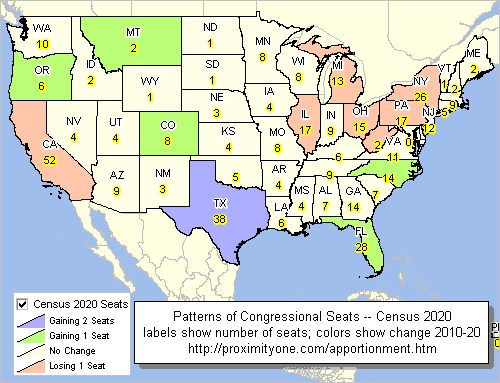.. examining state quarterly GDP trends, 2023 update .. the BEA state quarterly Gross Domestic Product (about GDP) estimates are among the more important regional economic time series. These estimates provide a comprehensive measure of the state level economy and have only a 3-month lag between reference data and data of availability.
California had the highest real GDP among all states over the year 2022Q1-2023Q1. Texas follows close behind and experienced the highest rate of growth in real GDP among all states over the same period. Two states experienced a decline in real GDP over the year. How will state and regional GDP components change over the next five years? What policy actions might affect this and how, when? Learn more in the next blog update on predicting outcomes using statistical models.
Examining Patterns of 2023Q1 per Capita Real GDP by State
Use the “no login” version of VDA Web GIS to examine patterns of 2023Q1 per capita real GDP by state as illustrated in the following graphic. Nothing to install. Start VDA Web Base here. See more about VDA Web Base. Click graphic for larger view.

How State GDP is Changing
Use this interactive table to learn more about how state GDP is changing. View, sort, examine GDP time series attributes: real GDP, real GDP indexes, current GDP. State GDP matters as it tells us about how the aggregate economy is changing by region. But stakeholders need more than just recent data. More needs to be known about the current situation, how things might change and how change might impact demographic-economic outcomes in the future.
About VDA GIS
Use VDA GIS tools to meet wide-ranging mapping needs and geospatial analysis. VDA Desktop GIS and VDA Web GIS have similar features that can be used separately or together. Each is a decision-making information resource designed to help stakeholders create and apply insight. VDA Web GIS is access/used with only a Web browser; nothing to install; GIS experience not required. VDA Desktop GIS is installed on a Windows computer and provides a broader range of capabilities compared to VDA Web GIS. VDA GIS resources have been developed and are maintained by Warren Glimpse, ProximityOne (Alexandria, VA) and Takashi Hamilton, Tsukasa Consulting (Osaka, Japan).
Data Analytics Web Sessions
Join us in the every Tuesday, Thursday Data Analytics Web Sessions. See how you can use VDA Web GIS and access different subject matter for related geography. Get your geographic, demographic, data access & use questions answered. Discuss applications with others.
About the Author
Warren Glimpse is former senior Census Bureau statistician responsible for national scope statistical programs and innovative data access and use operations. He is also the former associate director of the U.S. Office of Federal Statistical Policy and Standards for data access and use. He has more than 20 years of experience in the private sector developing data resources and tools for integration and analysis of geographic, demographic, economic and business data. Join Warren on LinkedIn.



















You must be logged in to post a comment.